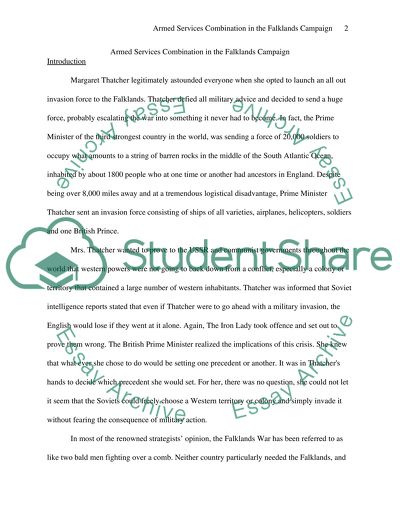Cite this document
(“How effectively did the three armed services combine in the Falklands Essay”, n.d.)
Retrieved from https://studentshare.org/environmental-studies/1420882-how-effectively-did-the-three-armed-services
Retrieved from https://studentshare.org/environmental-studies/1420882-how-effectively-did-the-three-armed-services
(How Effectively Did the Three Armed Services Combine in the Falklands Essay)
https://studentshare.org/environmental-studies/1420882-how-effectively-did-the-three-armed-services.
https://studentshare.org/environmental-studies/1420882-how-effectively-did-the-three-armed-services.
“How Effectively Did the Three Armed Services Combine in the Falklands Essay”, n.d. https://studentshare.org/environmental-studies/1420882-how-effectively-did-the-three-armed-services.


